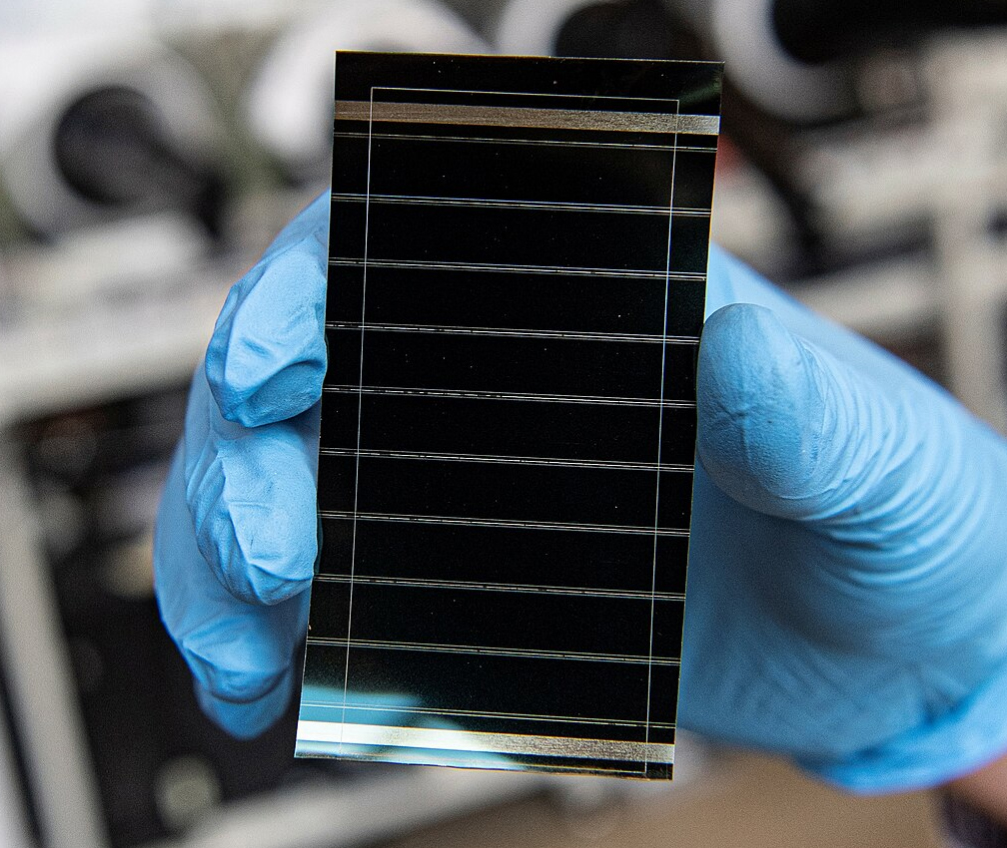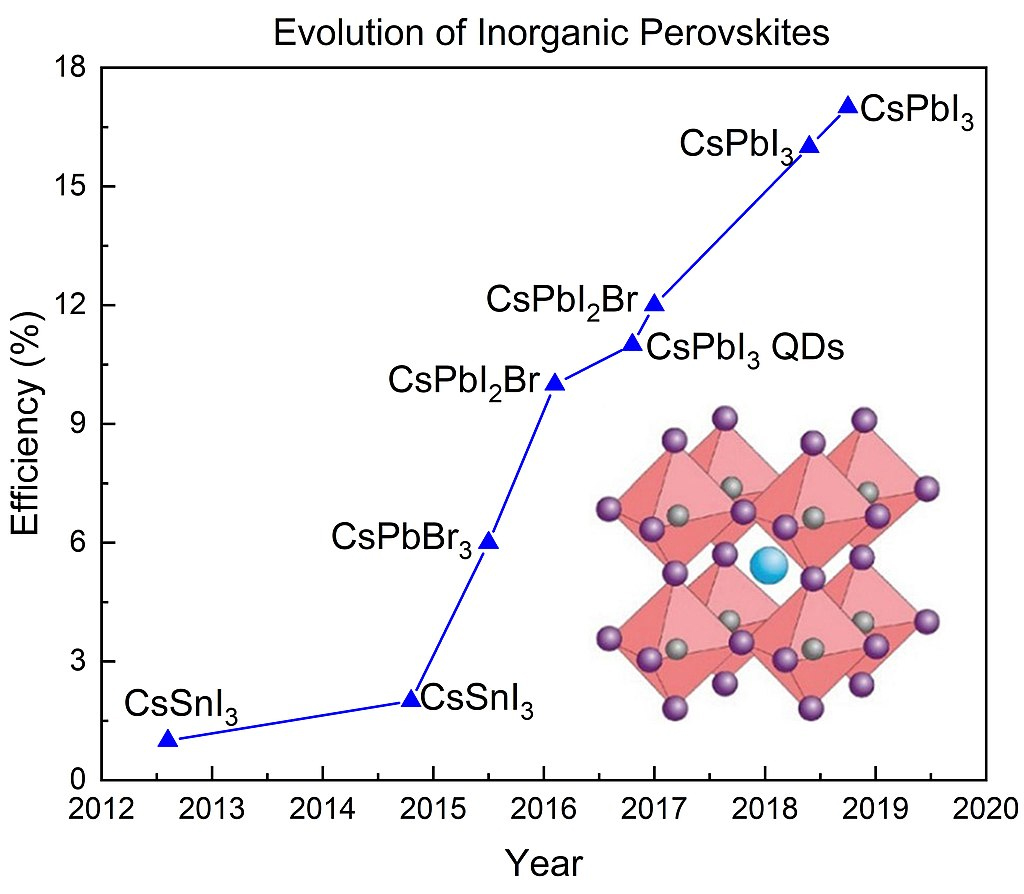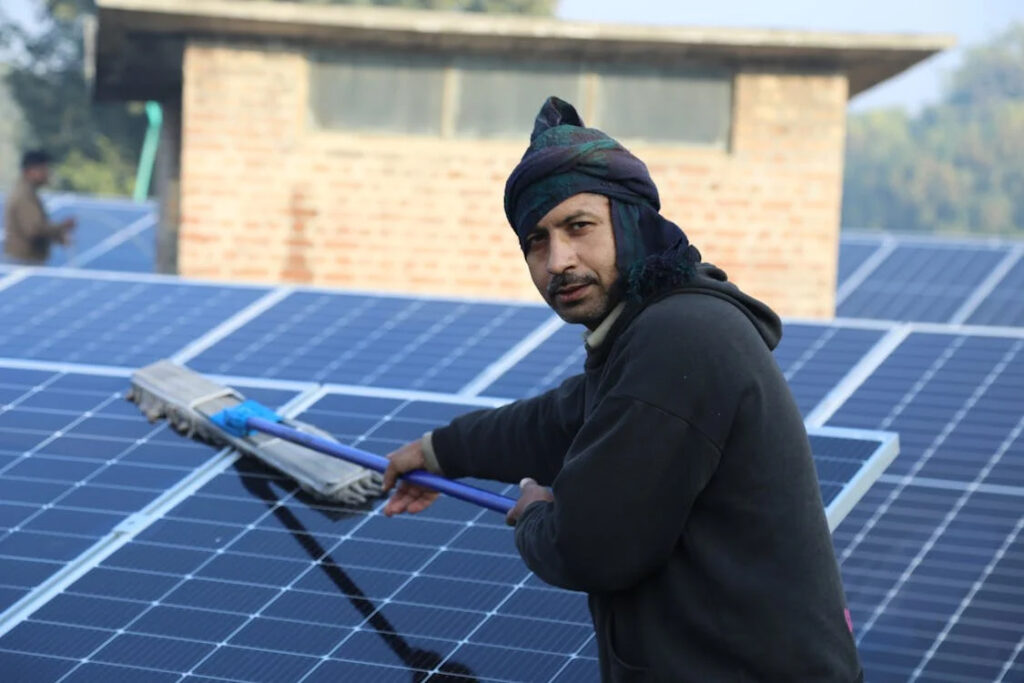Eco-Friendly and Efficient: Breakthrough in Room-Temperature Perovskite Solar Cells

The Quest for Sustainable Energy Solutions
With the increase in energy consumption and an urgent need to combat climate change, research into sustainable or green energy resources has been more important than ever. More important than ever is our continued effort in developing the efficiency of solar energy and in what way it can be of a positive influence on the environment. There has been some great breakthrough in solar cell technology, as researchers at the University of California, Santa Barbara, designed a new method for making perovskite solar cells without the inclusion of high temperatures. This is an important development, a sign that the industry is set to take a new path.
Understanding Perovskite Solar Cells
Perovskite materials have taken over the solar energy market due to their good light absorption, flexibility, and low cost compared to conventional silicon-based cells. Further, the cells have the capacity to greatly minimize the carbon emissions when in the production process, enabling them in varied applications, such as spray-on coatings and printable forms. This improves their adaptability and the fact that they can be lightweight.
The UCSB Breakthrough
Historically, perovskite solar cells have demanded high-temperature processing in order to achieve their high performance. Unfortunately, this need made the manufacturing process more complex, and therefore energy-intensive. The key point is that the UCSB team has made a breakthrough in fabricating high-quality perovskite films without high temperatures. That simplifies the manufacturing process, and the energy consumption is reduced basically because the complex post-treatment processes have been eliminated, and in particular the high-temperature annealing.
Enhancing Efficiency and Environmental Impact

The UCSB researchers’ room-temperature process has not only simplified manufacturing but has also enhanced the performance of perovskite solar cells, pushing their efficiency from below 20% to an impressive 24.4%. This leap in efficiency is significant, particularly as it surpasses previous limits set by room-temperature processed devices, positioning perovskite as a more competitive alternative to silicon-based solar cells. Additionally, this advancement reduces the overall production cost and energy consumption, making it a more sustainable option. The process also aligns well with existing industrial practices, facilitating easier integration into current manufacturing systems. This breakthrough is expected to accelerate the adoption of perovskite solar cells in mainstream markets, fostering wider acceptance of renewable energy technologies.
Potential Applications and Future Directions
Undoubtedly, the novel perovskite film creation method is characterized by essential flexibility and low-energy requirements. Therefore, the range of potential applications can be expanded to the areas where the utilization of the rigid traditional solar panels is impossible. They include wearable electronics, sensors, and other Internet of Things devices. Regarding specific surfaces, the demonstration conducted with delicate leaves proves that the process is gentle and can be used in free-form designs.
A Step Towards a Greener Future
Therefore, the creation of perovskite solar cells at room temperature is a great achievement for solar technology. Apart from the higher efficiency and environmental concerns, it also widens the range of solar cells applications, making them more accessible and fully-fledged. Considering the rate of energy consumption and environmental damage, such inventions bring the world closer to energy efficiency and minimal harm.
